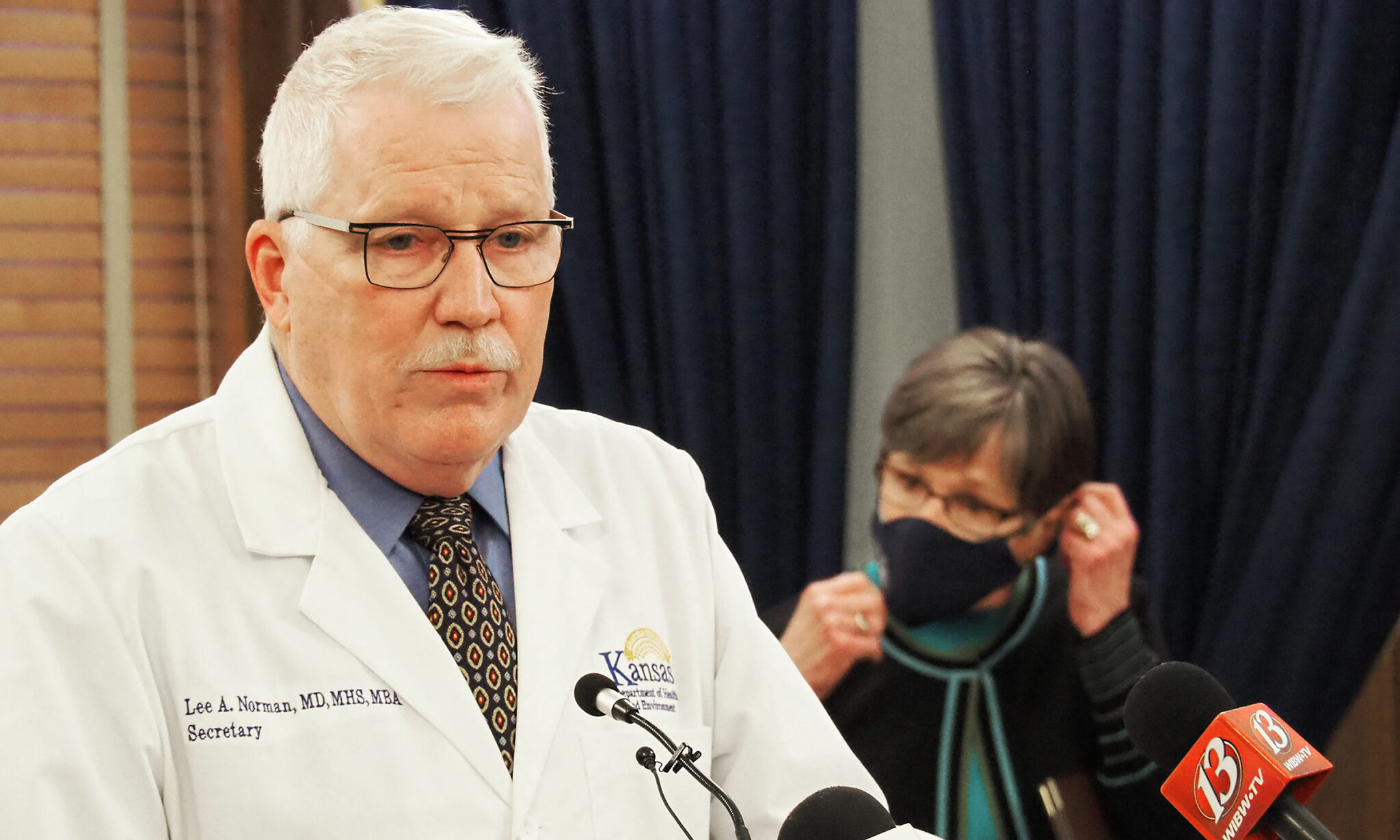COVID-19 Chronicles: A Kansas Health Leader's Candid Five-Year Retrospective

In the early days of the COVID-19 pandemic, Lee Norman faced unprecedented challenges that tested the limits of public health leadership. As the crisis unfolded, he found himself in the critical position of combating dangerous misinformation while simultaneously preparing for the complex logistics of managing a statewide pandemic response.
Norman's most urgent task was preventing desperate citizens from resorting to dangerous home remedies. He worked tirelessly to warn Kansans against the potentially fatal mistake of ingesting chemical cleaners as a misguided attempt to prevent COVID-19. Simultaneously, he was strategizing the state's next moves as the stay-at-home order approached its conclusion.
One of the most pressing decisions on Norman's agenda was determining the best approach to testing in high-risk environments. Long-term care facilities and prisons presented unique challenges, requiring careful consideration of how to implement comprehensive testing strategies that could protect some of the most vulnerable populations during the pandemic.
These moments captured the immense pressure and complexity of public health leadership during an unprecedented global health crisis, highlighting the critical role of quick thinking and decisive action in protecting communities.
